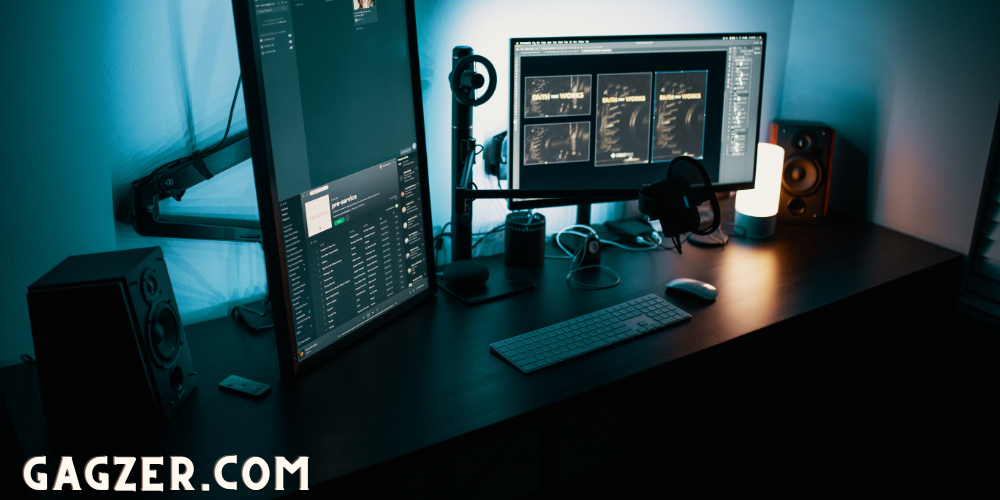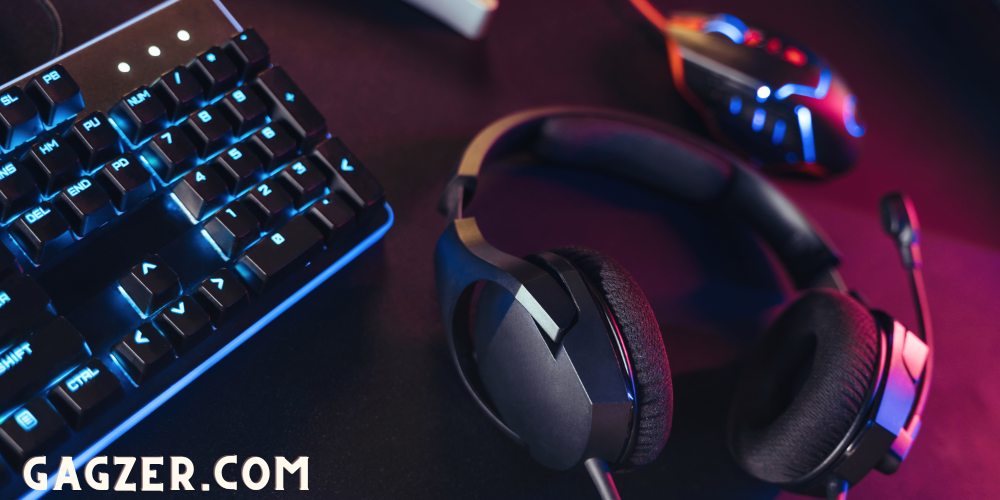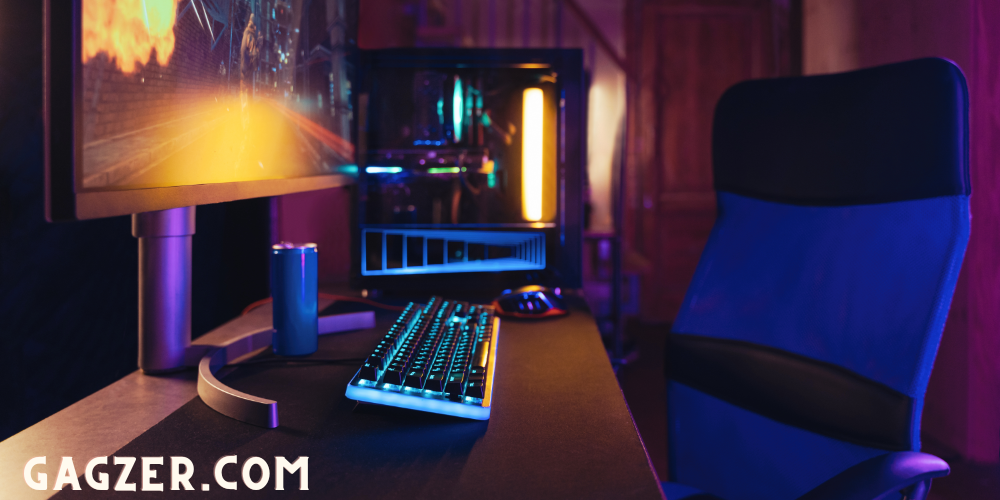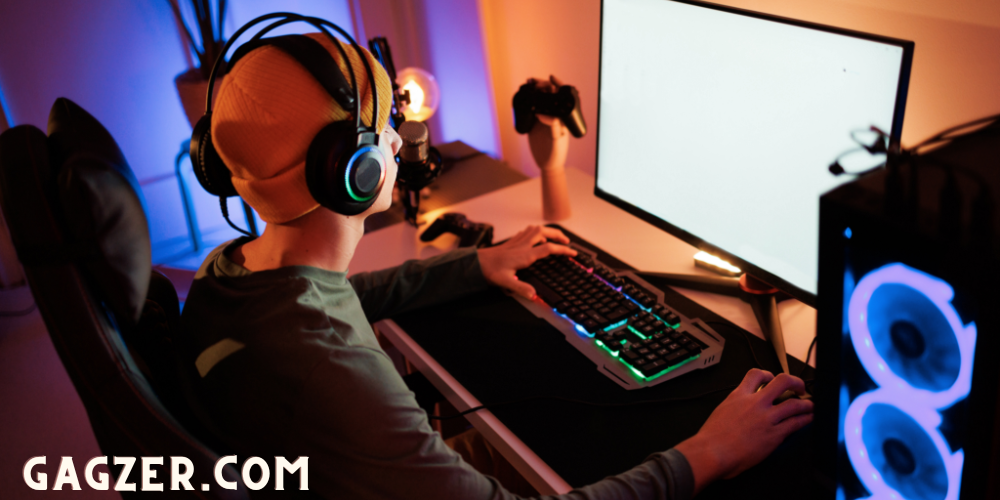Behind the Scenes of a Streamer's Setup
- 2024-07-19
- 0
Welcome to a glimpse behind the scenes of my streaming setup! As a full-time streamer, there is a surprising amount of work and detail that goes into creating the content you enjoy. Today, I’ll share the ins and outs of what makes my streaming environment tick, from the basics to the intricate details that elevate the experience. Whether you’re an aspiring streamer or just curious, you’ll find some useful insights here. Let’s dive in!
My Battle Station: Where the Magic Happens
One of the most crucial elements is my battle station, which includes my high-powered PC, multiple monitors, and other essential equipment. I’ve invested a lot in a custom-built PC because it needs to handle not only the games I’m playing but also the streaming software, overlays, and multiple background processes simultaneously. My present configuration is composed of an AMD Ryzen 9 CPU, 32GB of memory, and an NVIDIA GeForce RTX 3090 GPU. Having a robust system ensures smooth streaming with no lags or crashes, allowing for a professional and seamless viewer experience.
The Heartbeat: My Internet Connection
A powerful PC is great, but it’s nothing without a stable, high-speed internet connection. I use fiber-optic broadband with a minimum of 1 Gbps speed to ensure that everything runs smoothly. Streaming in high definition requires both excellent upload and download speeds, and fiber-optic internet provides the low latency I need. It’s a significant investment, but the benefits of consistent performance are well worth the cost.

Audio Setup: Crystal Clear Communication
Good audio can make or break a stream, and I’ve dedicated a lot of effort to perfecting mine. I use a Shure SM7B microphone connected to a Focusrite Scarlett 2i2 audio interface. This setup allows for clear, high-quality audio that eliminates background noise. Additionally, I’ve soundproofed the room to reduce echo and unwanted sounds, ensuring that my voice is always the focal point. Headphones are also vital; I use Sennheiser HD 650 for impeccable sound quality without fatigue during long sessions.
Lighting: Creating the Perfect Atmosphere
Lighting is another critical aspect, often underrated by budding streamers. I use Elgato Key Light Air panels on either side of my desk to provide soft, even lighting that makes my image look professional. These lights offer adjustments in both brightness and color temperature, enabling me to set the ideal mood based on the game I'm playing or the time of day. Good lighting also helps during post-production, reducing the need for color correction.
Green Screen Magic
One of the coolest aspects of my setup is the green screen behind me. This allows me to overlay my image onto the game seamlessly, making the stream more engaging. I use an Elgato Green Screen that retracts when not in use, saving space and making it easy to set up and pack away. The green screen is especially useful for special effects, integrating live elements, and keeping the viewer’s focus on the action.
Multiple Monitors: Keeping Track of Everything
Managing a stream efficiently requires multiple monitors. I have a three-monitor setup: a main 27-inch 144Hz screen for gaming, a secondary monitor for monitoring chat and stream statistics, and a third one for miscellaneous tasks like browsing or playing music. This arrangement lets me keep an eye on everything without needing to alt-tab out of the game. Being able to glance at the chat or stream health in real-time allows for quick adjustments if something goes wrong.

Stream Deck: The Control Center
The Elgato Stream Deck is one of my secret weapons. With programmable buttons, I can control almost every aspect of the stream with a single touch. From switching scenes in OBS to playing sound effects and sending out tweets, the Stream Deck makes everything more efficient. It’s like having a command center at my fingertips, which significantly enhances the stream’s professionalism.
Software Solutions: The Unsung Heroes
Software is an often-overlooked yet vitally important part of streaming. I primarily use OBS Studio for broadcasting. Its open-source nature allows for extensive customization through plugins and scripts. Additionally, I use stream management software like Streamlabs for alerts, and Nightbot for chat moderation. These tools ensure the stream runs smoothly and viewers stay engaged. There’s also Photoshop and Premiere Pro for creating and editing overlays and video content, ensuring every aspect of the stream looks polished.
Overlay and Graphic Design
Creating an engaging stream isn’t just about gameplay; visual elements play a huge role too. I use a variety of overlays, transitions, and graphical elements to keep the stream visually appealing. Adobe After Effects and Photoshop are my go-to tools for creating these elements. Custom alerts for new followers, subscribers, and donations create a more personalized and interactive experience for the viewers. These graphical touches make the stream stand out and keep the audience coming back for more.

Camera: A Window to the Real World
An HD camera is essential for any serious streamer. I use a Sony A6400 mirrorless camera with a 16-50mm lens, mounted on a tripod behind my main monitor. This setup provides a crisp, detailed image that looks fantastic even when enlarged. It’s connected to my PC via a capture card, allowing for real-time video feed with minimal latency. This kind of quality creates a more immersive and engaging viewer experience, making it easier to build a connection with the audience.
Comfort is Key: Ergonomics Matter
Streaming for hours on end requires a comfortable and ergonomic setup. My Herman Miller Aeron chair provides excellent lumbar support, making long sessions more bearable. The desk height is adjustable, allowing me to switch between sitting and standing positions. Ergonomic peripherals like a mechanical keyboard and a high-DPI mouse help reduce strain, allowing me to maintain peak performance and comfort.
Community Engagement: More Than Just Streaming
Building a community is as important as the technical setup. Interacting with audiences on social media networks such as Twitter, Instagram, and Discord improves the streaming experience and cultivates a dedicated following. I regularly post updates, behind-the-scenes content, and engage in conversations with viewers. This interaction fosters a sense of belonging, making viewers feel valued and encouraging them to return to future streams.
Muting the Mundane: Practical Room Acoustics
To achieve high sound quality, room acoustics must be considered. I’ve installed acoustic foam panels on the walls to dampen sound reflections and reduce echo. Additionally, a thick rug on the floor helps absorb sound, further enhancing audio clarity. These small adjustments make a noticeable difference, ensuring the audio is as professional as possible.

Backup Plans: Being Prepared for the Unexpected
No setup is perfect or immune to technical issues. To ensure continuity, I have several backup plans in place. A secondary internet connection via a mobile hotspot can save the day if my primary connection fails. I also keep spare peripherals like keyboards, mice, and cables handy. These backups ensure I can quickly resolve issues without significant downtime, keeping the stream running smoothly.
Software Automation: Enhancing Efficiency
Efficiency is key, and automation can save a lot of time and hassle. I use various software tools to automate routine tasks. For example, IFTTT (If This Then That) automates social media posts when I go live. Streamlabs and Nightbot have automated functions for moderating chat and responding to common viewer queries. These tools free up my attention, allowing me to focus on delivering quality content.
Analyzing Performance: Metrics and Improvements
Continuous improvement is essential for growth. I regularly analyze performance metrics such as viewer count, average watch time, and engagement rates. Tools like Twitch Analytics and Google Analytics offer insights that help me understand what works and what doesn’t. By identifying strengths and weaknesses, I can make data-driven decisions to enhance the stream, increasing viewer retention and satisfaction.
In conclusion, a lot goes into creating a professional streaming setup. From powerful hardware and high-speed internet to audio clarity, lighting, and ergonomic comfort, each element plays a crucial role. Furthermore, community engagement, room acoustics, backup plans, automation, and constant metric analysis are all part of the overall strategy. This intricate and multifaceted approach ensures that every stream is seamless, engaging, and above all, enjoyable for my audience.






Leave a comment
Your comment is awaiting moderation. We save your draft here
0 Comments